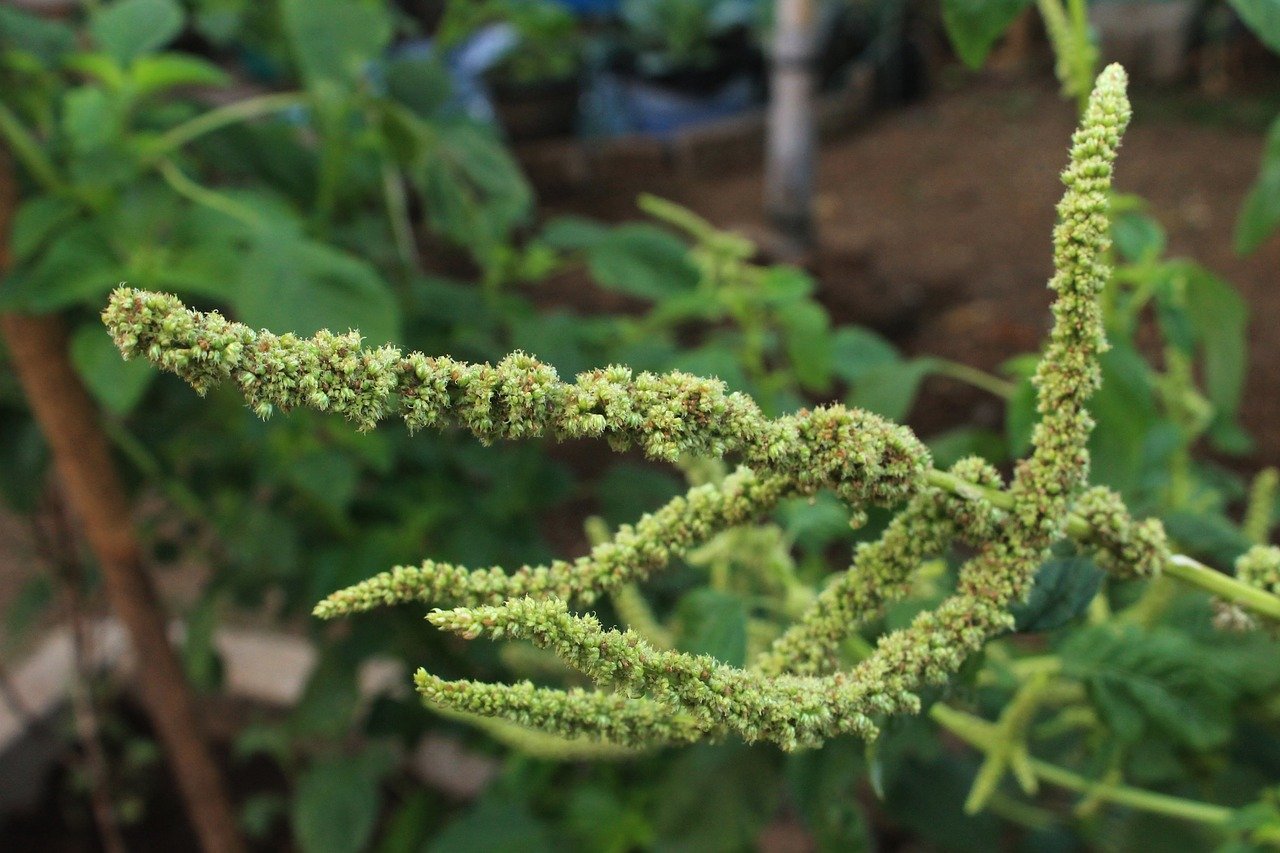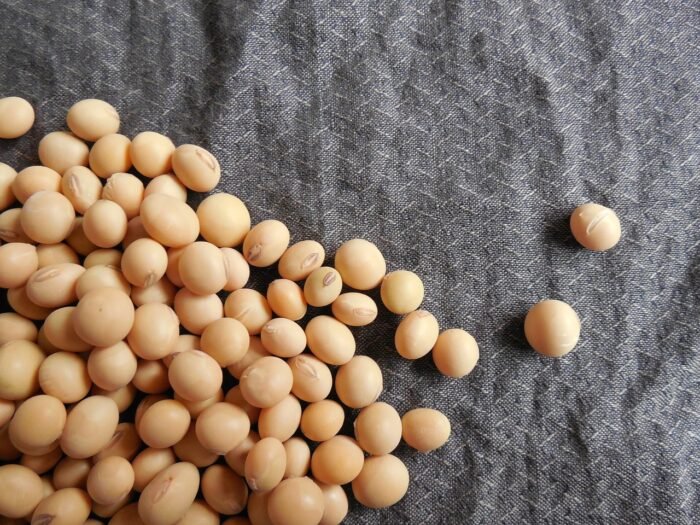Many of life’s perfections are created and found in nature. Beautiful gems, medicines and perhaps most importantly, food and water, are found in nature ready and waiting for us to come and harvest them. Amaranth is one such food cultivated by nature to be highly nutritious, versatile, and full of health benefits for both physical and mental wellbeing.
Such foods cannot be man made or otherwise synthetically produced, which makes these nature-made wonder foods something you should be adding to your diet immediately.
What Is Amaranth?
Amaranth, or amaranthus, refers to over 60 species of tall, green plants that sport vibrant purple, red, or gold flowers. Its name comes from the Greek ‘amarantos’ which means ‘unfading’ or ‘one that does not fade.’
This plant certainly lives up to its name, for the flowers are as vibrant and beautiful, even after they have been harvested and dried. Often found as a beautiful member of showy gardens, amaranth has been around for centuries. It was a staple for the Aztec Empire and was used for both food and ceremonial reasons.
While it is commonly thought of as a cereal grain, amaranth is not exactly a “true” whole grain. However, thanks to its glowing nutrient profile, it is often lumped together with other cereals due to its versatility.
Health Benefits of Amaranth
It’s full of vitamins and minerals: There is a long and winding list of health benefits found in amaranth that do wonders for the body. Amaranth contains over three times the average amount of calcium than most plant foods and is also a great source of potassium, phosphorous, iron and magnesium. These nutrients are important for regulating your appetite, building strong bones, cleansing, and oxygenating the blood, and a host of other housekeeping functions for bodily systems. This is also the only grain that has been shown to contain vitamin C, which is well known for boosting the immune system and aiding in the fight against disease and illnesses.
It’s an excellent source of protein: Amaranth is also an excellent source of protein. It contains much more protein than most other grains and contains lysine, which is an amino acid often missing from whole grains. When added to a diet, amaranth offers boosted energy levels and promotes bowel regularity and a healthy metabolism. It also contains lunasin, a peptide that was previously identified in soybeans and was thought to help prevent cancer as well as reduce inflammation that is present with certain chronic health conditions such as heart disease, stroke, and diabetes.
It promotes heart health: Studies have shown that amaranth is a whole grain that can potentially lower cholesterol effective. Through various studies conducted over the last decade, findings have shown that, when fed to chickens, the amount of bad cholesterol in the body was lowered significantly. This study was duplicated in Canada, the U.S., and Russia, and each study offered similar results. While promising, whether amaranth will have the same effect on humans remains to be seen. However, it can’t hurt to add this to your daily heart-healthy regimen.
It’s gluten-free: Today, gluten-free diets are extremely popular and widely sought after. Those with Celiac disease must follow them, but those without Celiac disease have also found them to be a healthy option in their lives. Many find that cutting out gluten makes them feel better, lighter, and more alert. Luckily, adding amaranth to your gluten-free diet is easy, and it can be used as a great substitute for other grains used in dough to increase elasticity and allow for leavening.
Make This Extremely Versatile Plant A Part Of Your Lifestyle
For centuries, amaranth has been used by humans for a number of different reasons. In addition to the listed health benefits, just about every inch of this plant can be used for something.
The seed is an excellent source of protein and is easy to cook, and the seed flour is ideal for healthy baked goods. The leaves, roots, and stems are also consumed as leafy veggies in many parts of the world and used for cooking and various dishes. They can be steamed, mashed, or simply seasoned and added to a favourite dish.
In addition to being used as food, the amaranth plant is also used for aesthetic reasons. The gorgeous flowers of this plant have been widely used for dyes—specifically as a source of a deep red dye that comes from the flowers. It is also used for ornamental reasons in gardens or in homes, and is grown for both its beauty and its many uses.
Photo by Petr Ganaj



